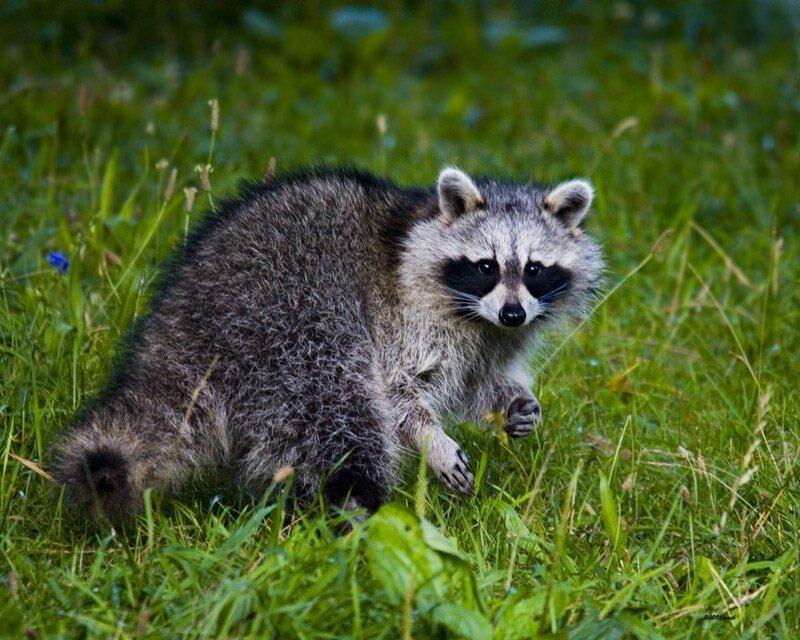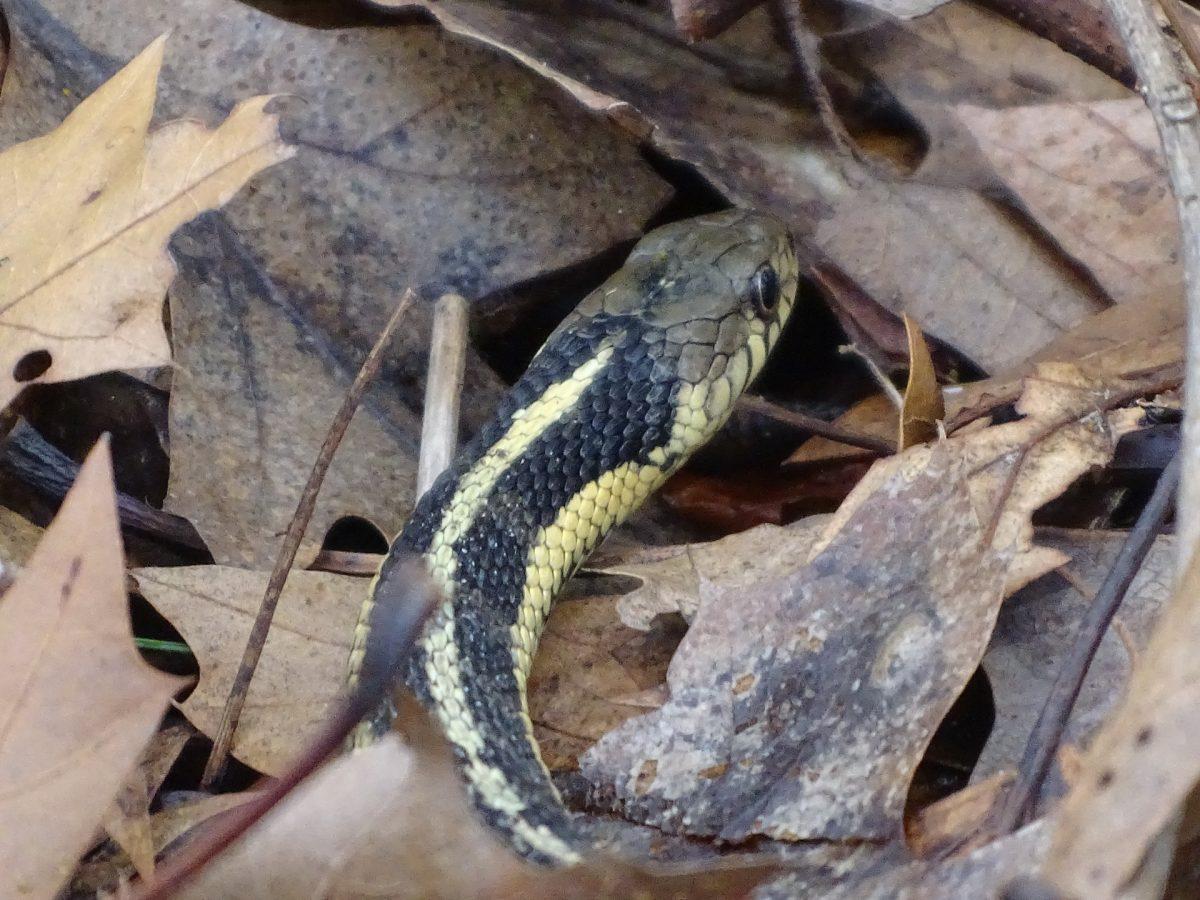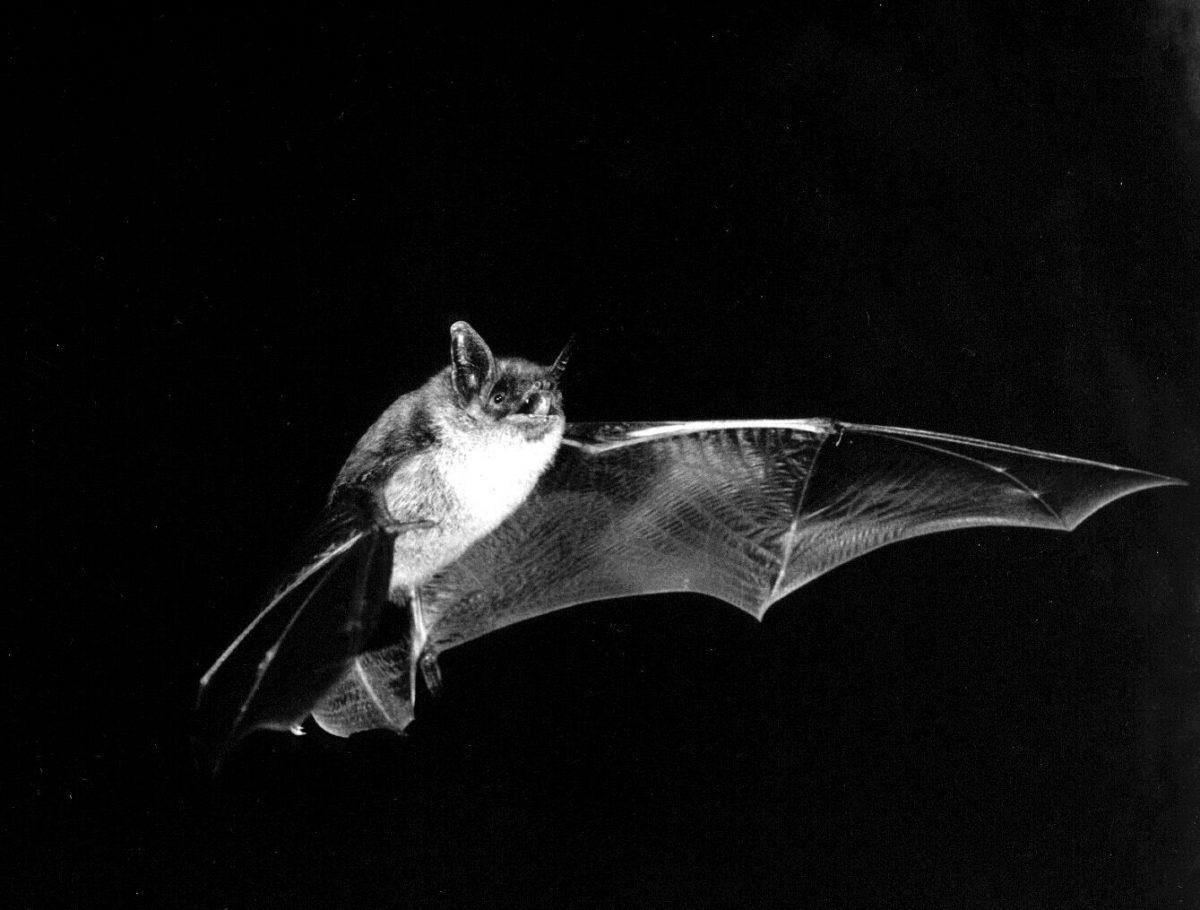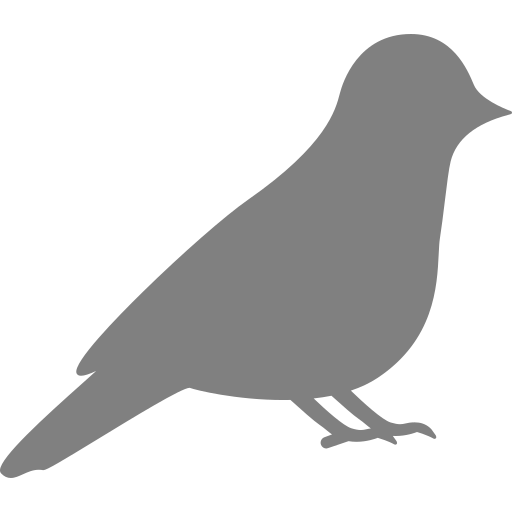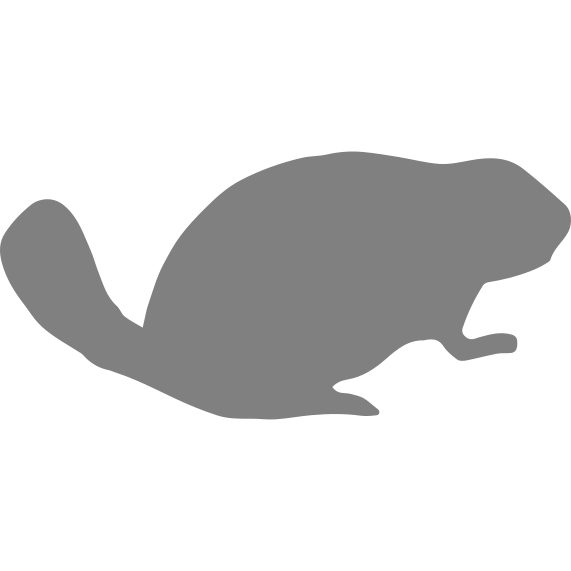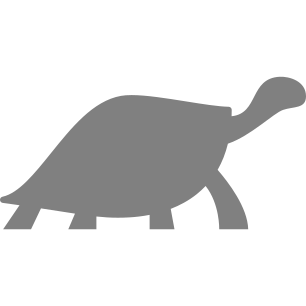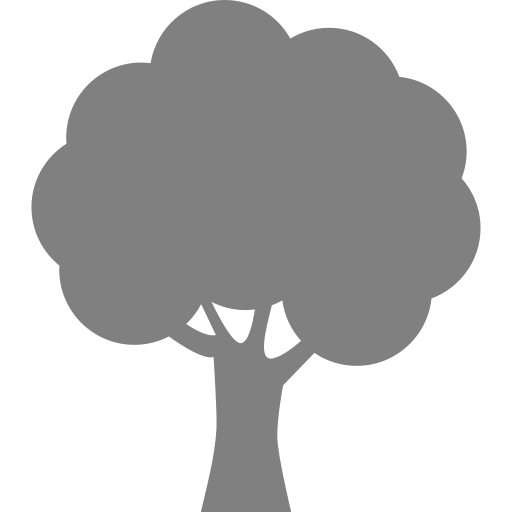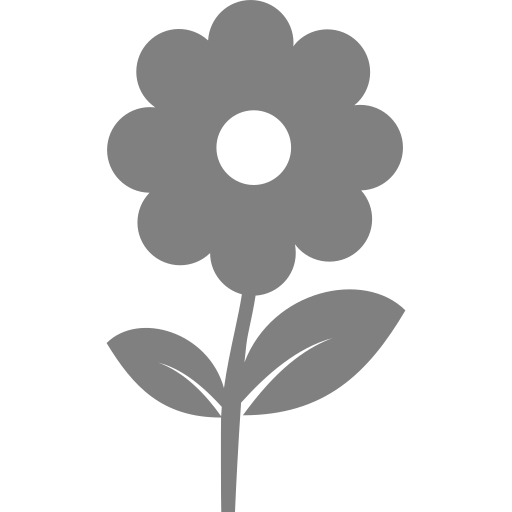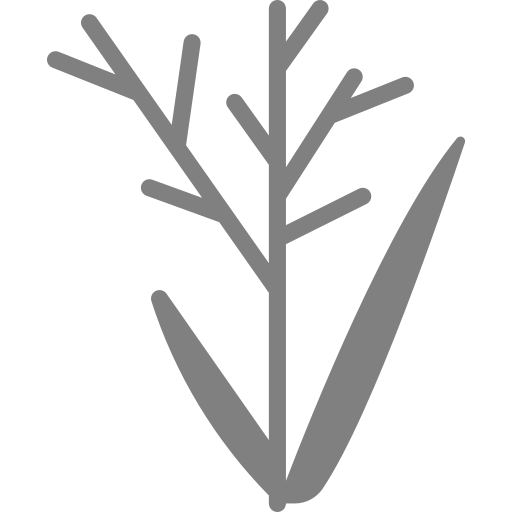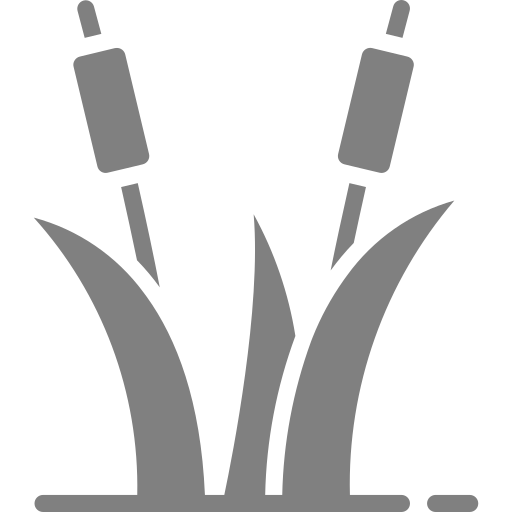by Barbi Lazarus
Many city dwellers yearn to spot wildlife when out for a walk in High Park. While some creatures like coyotes are often elusive, most visitors are fortunate enough to see waterbirds, which are common due to the habitat needs satisfied by a number of water features throughout the park.
Grenadier Pond is the most famous and popular of the waterfowl habitats in the park. The cattail marsh at the northern end provides habitat for Mallards, Great Blue Heron and Black-crowned Night-Heron.
Some examples of species you may spot in the pond are Hooded Merganser, Canada Geese and Mute Swans, and even in the winter you’ll still see Ring-billed Gulls and Herring Gulls loafing on the ice.
Also within High Park are the sedimentation ponds in the northeast (Howard and Ridout Ponds), and the “duck ponds” at the southeast end, where you’ll find Mallards, Canada Geese, as well as Wood Ducks and various herons.
Also present are Double-crested Cormorants (Phalacrocorax auritus), large black birds that are named for the two small tufts of feathers on either side of their head. They’re often easy to recognize by their habit of orienting themselves to the sun and spreading their wings in order to dry their feathers, and in some cases, to help regulate heat gain or loss. More about Cormorants
Sources
- Abbate, Matthew. 1993. “Cormorants, Darters and Pelicans of the World”. Smithsonian Institution.
- Animal Alliance of Canada. “Habitat Modification and Canada Geese: Techniques for Reducing Canada Goose Conflicts in Urban and Suburban Environments.”
- Bennet, Doug and Tiner, Tim. 2004. “Wild City.” McClelland and Stewart Ltd.
- Boyle, Theresa. 2008. “Dogs on a Wild Goose Chase.” Toronto Star.
- Environment Canada. 1995. “Great Lakes Fact Sheet: The Rise of the Double-Crested Cormorant on the Great Lakes-Winning the War Against Contaminants”. Environment Canada.
- Kidd, Joanna and McEwen, Beth. “High Park: Restoring a Jewel of Toronto’s Park System.” City of Toronto.
- Sept, J. Duane. 2004. “Common Birds of Ontario.” Calypso Publishing.
- Yukich, Bob. 2007. “High Park Birding Site Guide.”


